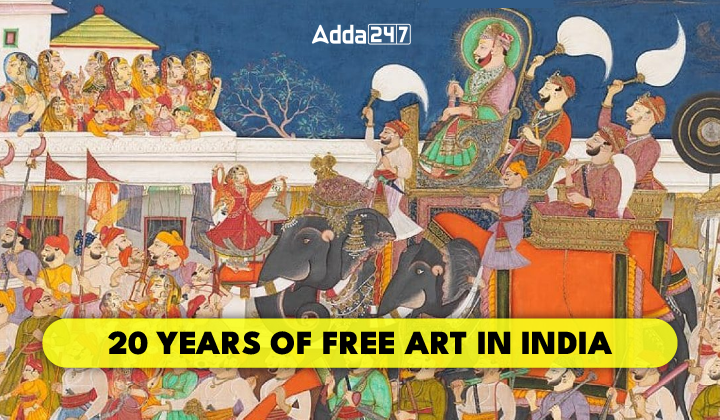Table of Contents
The Indian government’s launch of Free Antiretroviral Therapy (ART) for HIV-positive individuals on April 1, 2004, marked a pivotal shift in the nation’s HIV/AIDS response. Over two decades, this initiative significantly reduced HIV prevalence and mortality rates, transforming the outlook for those living with HIV in India. The program’s success is attributed to widespread access to treatment, complementary health services, and patient-centered care approaches.
Introduction to Free ART Initiative
Launched on April 1, 2004, by the Indian government to provide free Antiretroviral Therapy (ART) to people living with HIV (PLHIV). This marked a significant turn in the fight against HIV/AIDS in India, where the disease was once seen as a death sentence.
Historical Context
Initial challenges included high drug costs, limited access, and stigma.
Global efforts in the early 2000s, like the creation of the Global Fund in 2002, aimed at universal access to HIV services.
The Impact of Free ART
By the end of 2004, only 7,000 PLHIV in India were on ART; the initiative expanded access to about 1.8 million PLHIV over two decades.
Significant reductions in HIV prevalence and mortality rates, with new infections and AIDS-related deaths decreasing substantially.
Complementary Initiatives
Success is attributed to various factors including free diagnostics, prevention of parent-to-child transmission, and management of opportunistic infections.
Evolution of Treatment Approaches
Shift towards early initiation of ART and a ‘Treat All’ policy, irrespective of CD4 count.
Introduction of new drugs and policies like rapid ART initiation to improve outcomes.
Ongoing Challenges and Future Goals
Challenges include delayed enrolment in ART, loss to follow-up, and ensuring sustained supply and availability of treatment. The National AIDS Control Programme (NACP) phase 5 aims for ambitious 95-95-95 targets by 2025 to further control the HIV epidemic.
Lessons Learned and Broader Applications
The success of the free ART initiative underscores the importance of political will, community engagement, and adapting to evolving science.
Insights from the initiative can guide other public health programs, including a potential nationwide hepatitis C treatment initiative.
This transformation in HIV/AIDS care in India demonstrates the profound impact of comprehensive, patient-centered public health initiatives.
What is HIV?
Definition: HIV, or Human Immunodeficiency Virus, undermines the immune system by attacking CD4 cells, crucial for immune defense.
Impact: Progressively impairs the immune system, increasing susceptibility to opportunistic infections and cancers.
Transmission
Modes: Spread mainly via blood, semen, vaginal fluids, and breast milk.
Severity
Advanced Stage: Untreated HIV can lead to AIDS (acquired immunodeficiency syndrome), characterized by severe immune system breakdown and high vulnerability to opportunistic diseases.
Management
Treatment: No cure is available, but antiretroviral therapy (ART) can control the virus, allowing immune system recovery by inhibiting viral replication.



 TSPSC Group 1 Question Paper 2024, Downl...
TSPSC Group 1 Question Paper 2024, Downl...
 TSPSC Group 1 Answer key 2024 Out, Downl...
TSPSC Group 1 Answer key 2024 Out, Downl...
 UPSC Prelims 2024 Question Paper, Downlo...
UPSC Prelims 2024 Question Paper, Downlo...





